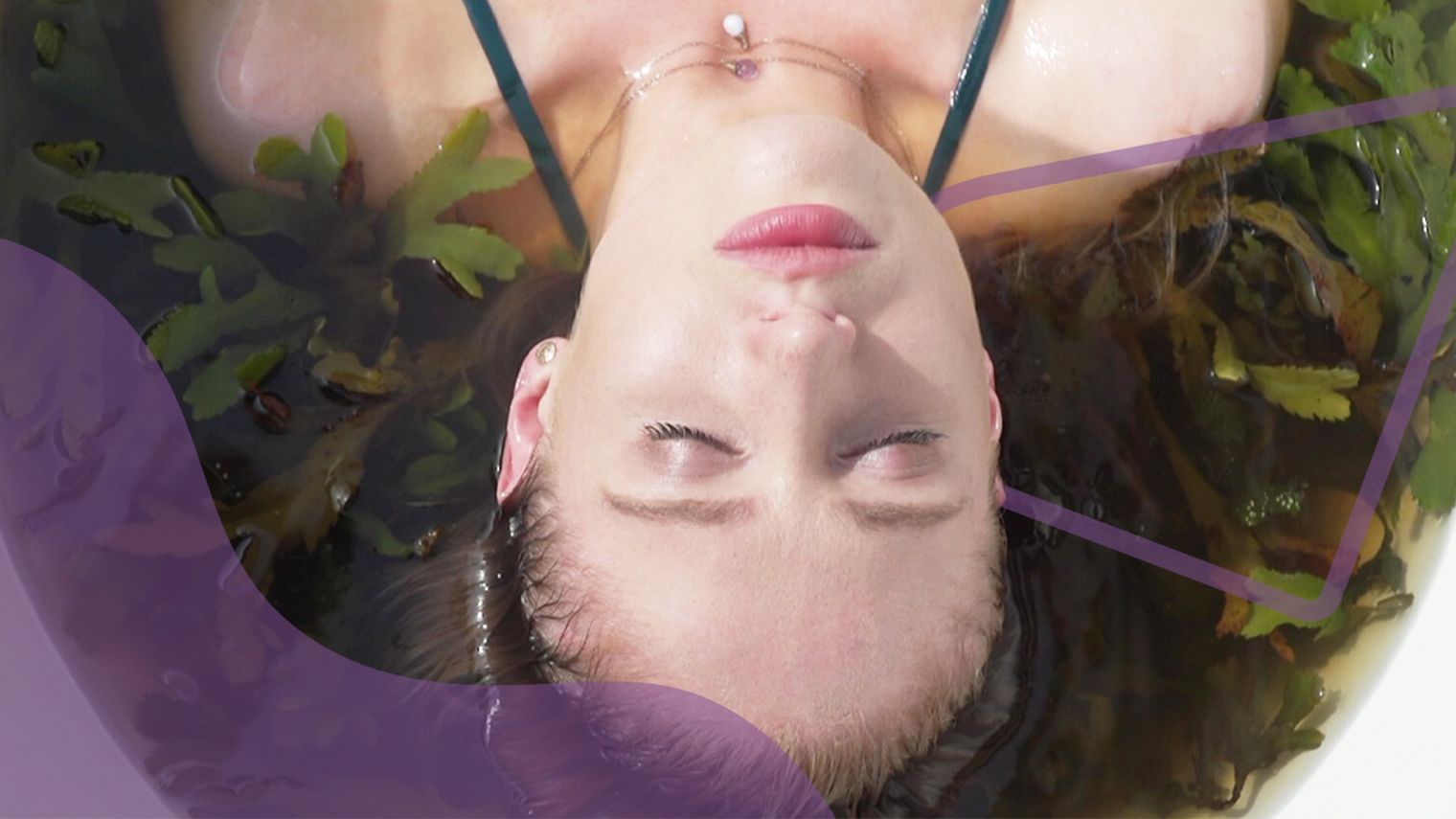I Tried Seaweed Therapy for My Psoriasis — Here’s How It Went
December 07, 2022
Content created for the Bezzy community and sponsored by our partners. Learn More

Photography courtesy of Zoe Ryan
My journey took me all the way to Ireland, but if you’re interested in the antioxidant and moisturizing potential of seaweed, you can try adding it to your treatment plan at home.
In a world filled with steroid applications and biologics, we in the psoriasis community are constantly seeking natural remedies to ease the symptoms of our condition. Seaweed is an option gaining more notice as a more environmentally-friendly option for skin care.
The application and consumption of seaweed for its many potential health benefits dates back centuries, especially along the west coast of Ireland, where I traveled to test out seaweed therapy for my psoriasis. Due to the lack of heavy industry in the region, the waters there are considered to be unspoiled and the seaweed to be in its purest state.
After a long journey filled with winding roads on cliff edges, I attended one of the many seaweed discovery workshops on offer, along the picturesque Ring of Kerry. While collecting seaweed at the shore for my future bath, I learned about the history of its use and its many health benefits.


What are seaweed baths?
Bathing in seaweed has long been a practice in Ireland. However, a recent surge in its popularity has led to bath houses springing up across the country. At these locations, which vary from serene indoor spas to scenic waterside locations featuring outdoor barrels filled with seaweed and warm water, you can soak in your own seaweed bath.
When hot water is poured over it, seaweed releases oils and gels that are rich in minerals and vitamins with a myriad of health benefits. Proponents claim it can help soothe aching muscles, remove toxins from the body, and relieve irritation by deeply moisturizing and hydrating the skin. This accelerates the rate at which damaged skin cells are repaired and increases circulation.
Fucus serratus, also known as serrated wrack or bladder wrack, is the type of seaweed most commonly used in seaweed baths because it contains the largest amount of oils and gels. The warm temperature of the water opens your pores, which allows you to absorb the oils and gels on a deeper level.
Now, you don’t have to travel thousands of miles or handpick seaweed to undergo seaweed therapy. You can purchase premade seaweed bath bags and enjoy the treatment in the comfort of your own home.
Taking seaweed baths at home
Companies like Atlantic Irish Seaweed leave the hand-harvested seaweed to dry naturally, without adding any preservatives, and package it up in a netted bag.
You can simply place the bag in your bathtub, run piping hot water over it to draw out the oils and gels, add cold water until the temperature is to your liking, and climb in and soak for as long as you feel like. The netted bag keeps all the seaweed together and saves you from having to scrape it out of your tub afterward.
My experience with seaweed baths
I found that soaking in the gels really calmed my psoriasis, broke down those built-up layers of plaque, and — most notably — reduced the redness. I found the baths to be extremely relaxing mentally as well.
In addition to the bath soak, I recommend taking a handful of dried seaweed, placing it in a jar, and pouring a small amount of hot water over it. This creates a more concentrated, less diluted mix that you can apply directly to the affected areas as frequently as you like. I found that dipping a small brush into the jar and using it to apply the liquid was less messy than using my fingertips.
You can store this mixture in the refrigerator for up to a week. However, as the days go on, the aroma gets more pungent. This concentrated application, combined with 2 to 3 seaweed baths per week, has worked wonders on the visual signs of my psoriasis.
As with all other treatments, repetition is key. However, I often find that any product or treatment loses its initial effect over time. I found this to be the case with seaweed therapy as well. However, I always keep some seaweed on hand. Especially when I’m experiencing a flare, the occasional seaweed bath can work wonders.
Understanding seaweed-based skin care products
Seaweed-based skin care products contain seaweed extract. These products aim to harness the powers of the ocean to repair and restore the skin’s barrier.
I tested out a number of skin care products that contained seaweed and, while I found them to be extremely hydrating, I did not find them as effective as actual seaweed for my psoriasis.
The future of seaweed in treating psoriasis
Researchers are looking into the use of seaweed to target and suppress the immune system’s inflammatory response. So far, they have discovered a molecule in seaweed that has an anti-inflammatory effect.
A cream containing this molecule has been formulated to test its effectiveness in reducing the symptoms of conditions that affect the skin, such as psoriasis. Researchers are currently testing it in comparison to steroid creams, with the hope of creating a product that is just as effective but without the undesirable side effects. Knowing this, the future of seaweed as an option for treating psoriasis looks bright.
Fact checked on December 07, 2022
8 Sources


Like the story? React, bookmark, or share below:
Have thoughts or suggestions about this article? Email us at article-feedback@bezzy.com.
About the author